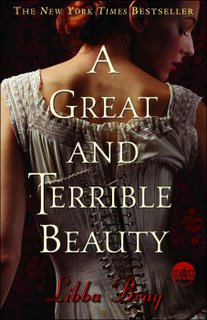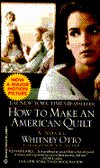Persuasion and other literary issues
We recently read Persuasion for our study group, and an interesting issue came up. The book didn't resonate for one reader who is new to "the classics," and had never read Jane Austen before. She didn't know anything about the development of the novel or the historical/social context for Jane Austen's work. She found it to be too fluffy and felt disappointed that an author of such obvious talent hadn't tried to write something more important.
In response, we explained that Austen was offering some relatively important and new social critiques--critiques which though they seem obvious to us today, like marrying for love, were somewhat revolutionary at least among the aspiring classes of her day. And one group member read a quote from someone else saying basically we shouldn't be fooled by the witty, gentle way Austen offers her social commentary. She's still teaching us important things about what it means to be human. As a group, we also learned more about how the novel developed. I guess it was a pretty new literary form in Austen's day, and realism didn't develop until the late 19th century. So when we're looking for novels with more depth of character, more psychological turmoil, more gritty and true portrayals of life, we have to look a generation or two beyond Austen.
Besides, I love Anne. She's so gracious and steadfast. I do think we learn from her how to be a good friend and a fully decent human being in every small and daily act. In addition, by contrasting the novel's various relationships, we can understand many qualities of a good marriage. But it is true, I think, that we read Austen mainly for fun--for the lively writing, the wit, the characters we get attached to, and the happy endings.
That all being said, my new-to-reading friend unintentionally raised an interesting question: What is art? What do we expect literature, visual arts, and performing arts to do for us? Is it truly art if it merely entertains? Do we expect art always to uplift, transform, or challenge us? Is Austen art or mostly entertainment?--because, even though she offers social commentary, her work does feel more entertaining than life-changing.






